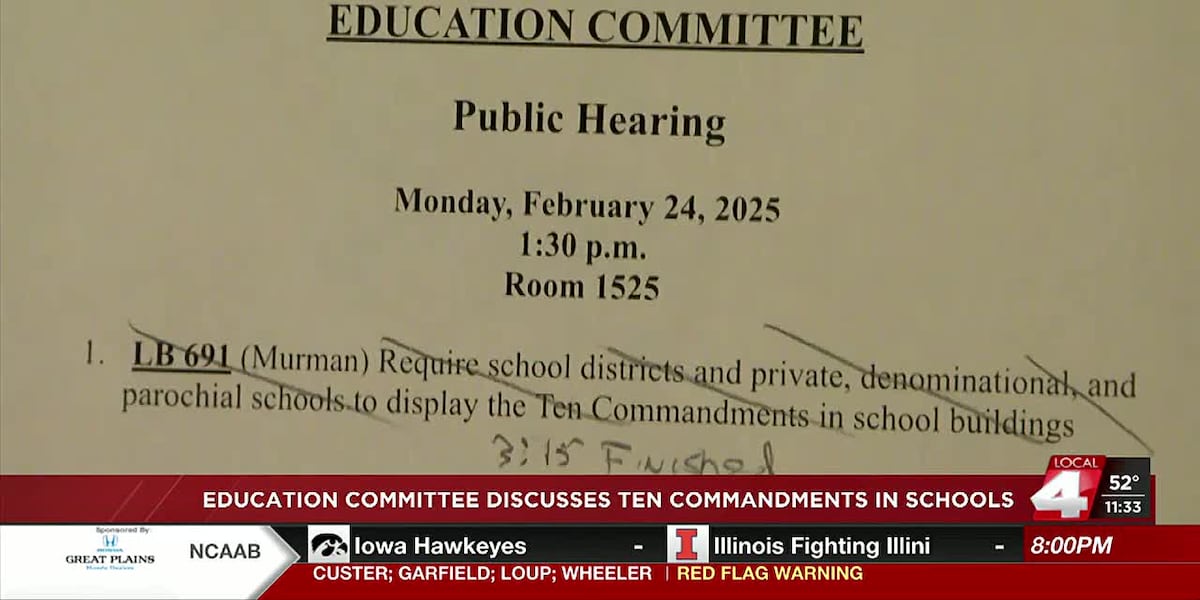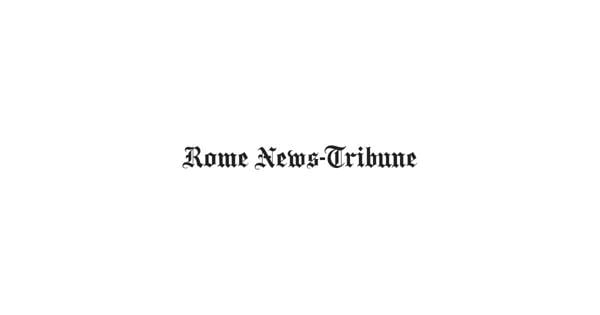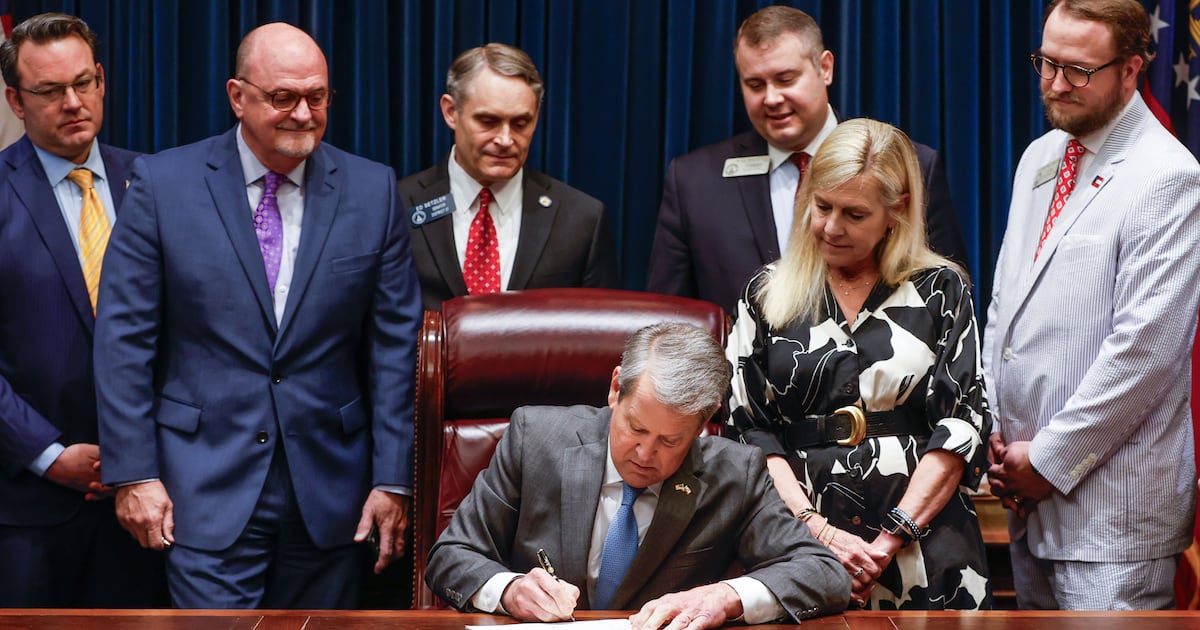Faith and Classrooms: Texas Senate Sparks Controversy with New School Religion Bills
Religion
2025-03-20 00:12:49Content

Religious Expression in Schools: Two Controversial Bills Spark Debate
Lawmakers are considering two significant education-related bills that could dramatically change how religious expression is handled in public schools. The first proposed legislation would grant students dedicated time for prayer during school hours, potentially providing a structured approach to religious observance within educational settings.
Simultaneously, a companion bill aims to introduce the Ten Commandments as a permitted display in classroom environments, reigniting ongoing discussions about the separation of church and state. These proposals have quickly become focal points of passionate debate among educators, parents, and community leaders.
Proponents argue that the bills protect students' religious freedoms and cultural rights, while critics express concerns about potential constitutional implications and the potential for creating divisive school environments. The proposed legislation represents a complex intersection of personal belief, educational policy, and constitutional principles.
As these bills move through the legislative process, they continue to generate significant public discourse about the role of religious expression in public education and the delicate balance between personal faith and secular institutional guidelines.
Religious Expression in Schools: A Delicate Balance of Faith and Education
In the complex landscape of American education, the intersection of religious freedom and public school policies continues to spark intense debate and legal scrutiny. Recent legislative proposals have reignited conversations about the role of religious expression within educational institutions, challenging long-standing interpretations of separation between church and state.Navigating the Thin Line Between Religious Liberty and Educational Neutrality
Prayer Provisions: Creating Space for Spiritual Reflection
The proposed legislation addressing student prayer represents a nuanced approach to religious accommodation in public schools. Educational administrators would be empowered to designate specific time periods during the school day that allow students to engage in voluntary, non-disruptive prayer practices. This initiative recognizes the diverse spiritual backgrounds of students while maintaining a careful balance that prevents mandatory religious participation. Proponents argue that such provisions create an inclusive environment that respects individual religious beliefs without imposing specific doctrinal perspectives. The proposed framework would require careful implementation, ensuring that prayer opportunities remain entirely voluntary and do not create pressure or marginalization for students with different belief systems.Constitutional Considerations of Religious Display
The companion bill concerning the display of the Ten Commandments in classrooms represents a more controversial approach to religious expression in educational settings. Supporters contend that the Ten Commandments represent a fundamental historical and cultural document, arguing for its educational and historical significance beyond strict religious interpretation. Legal experts anticipate significant constitutional challenges to this proposal, given previous Supreme Court rulings that have generally prohibited explicit religious displays in public school environments. The legislation raises complex questions about the boundaries of religious expression, historical context, and the fundamental principles of educational neutrality.Broader Implications for Educational Policy
These legislative proposals reflect deeper societal tensions surrounding religious freedom and public education. They challenge existing interpretations of the Establishment Clause and Free Exercise Clause of the First Amendment, potentially setting the stage for significant legal and philosophical debates. Educational policy makers, constitutional scholars, and community leaders must carefully navigate these complex issues. The proposed bills represent more than mere legislative language; they embody fundamental questions about religious liberty, educational neutrality, and the delicate balance between personal belief and institutional responsibility.Community and Stakeholder Perspectives
Diverse stakeholders have emerged with passionate perspectives on these proposed measures. Religious advocacy groups view the legislation as a critical protection of students' rights to express their faith, while civil liberties organizations express concerns about potential coercive implications and the risk of marginalizing minority religious perspectives. School administrators find themselves at the center of this complex dialogue, tasked with implementing policies that respect individual beliefs while maintaining a inclusive and neutral educational environment. The proposed legislation demands nuanced interpretation and implementation, requiring sophisticated approaches to religious diversity and educational neutrality.Future Outlook and Potential Consequences
As these legislative proposals move through the political process, they are likely to generate significant public discourse and potential legal challenges. The outcomes could potentially reshape understanding of religious expression in public educational institutions, setting important precedents for future policy development. The ongoing dialogue represents a critical examination of how democratic societies balance individual religious freedoms with institutional responsibilities, highlighting the complex negotiations required to maintain both personal liberty and collective educational standards.RELATED NEWS
Religion
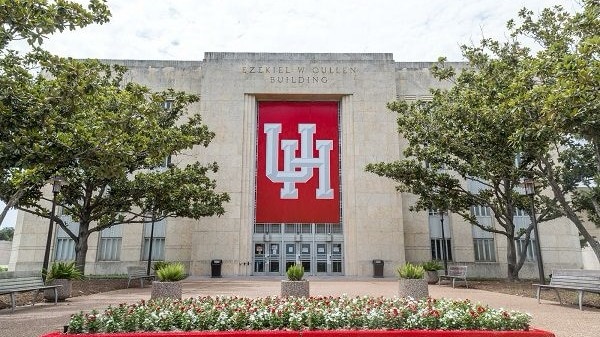
Controversy Erupts: Houston University's Hindu Studies Course Ignites National Debate
2025-03-27 11:37:57
Religion
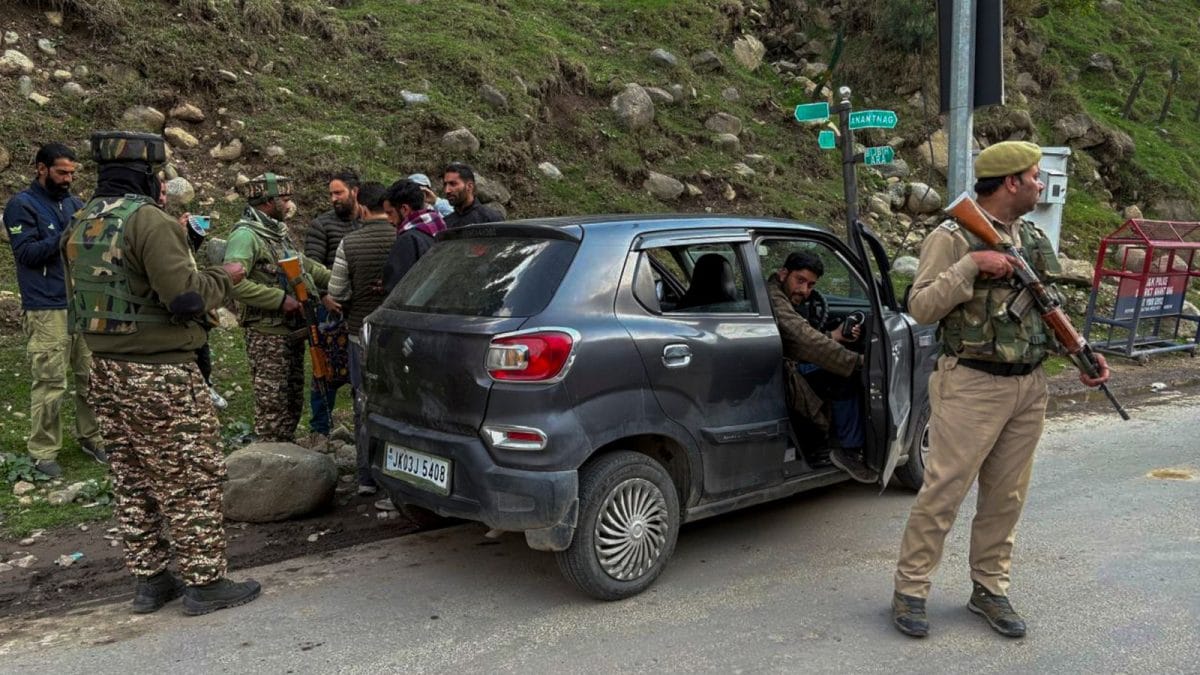
Chilling Encounter: Terrorists Demand Religious Proof Before Deadly Pahalgam Attack, Survivors Reveal
2025-04-22 16:11:04
Religion
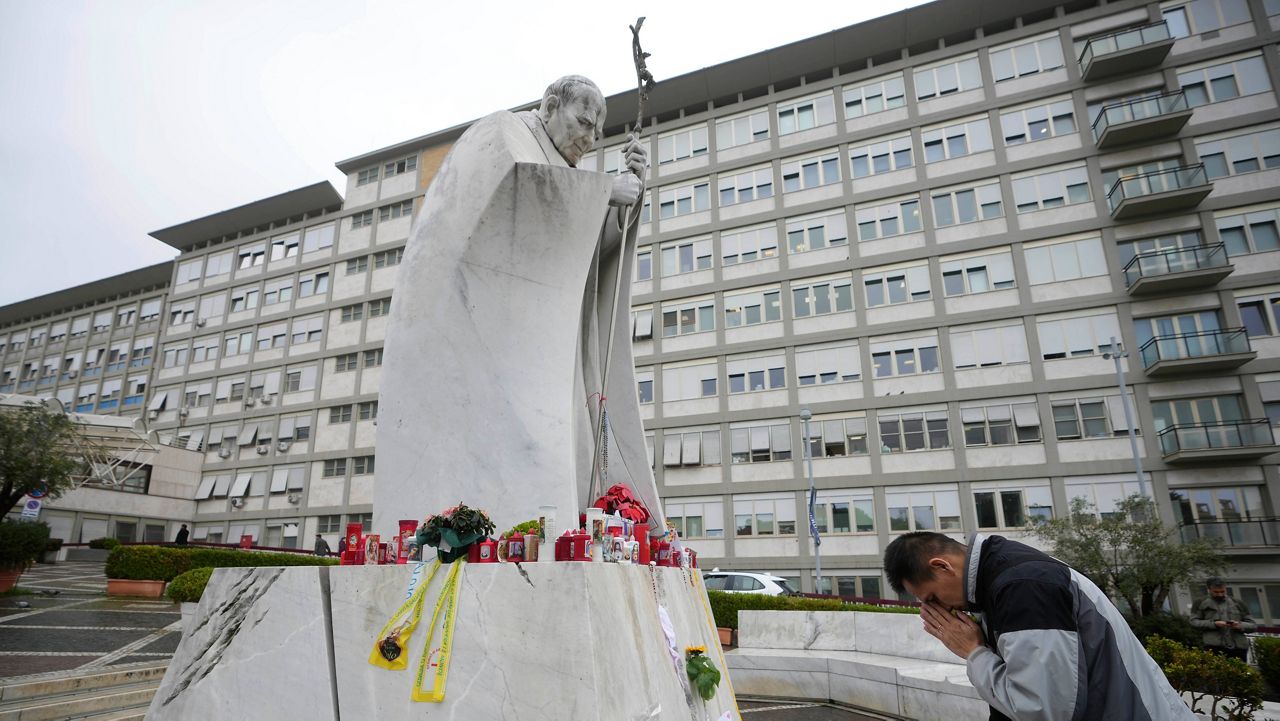
Breaking: Pope Francis and Vatican's Top Official Make Landmark Decisions During Hospital Meeting
2025-02-25 16:30:00


